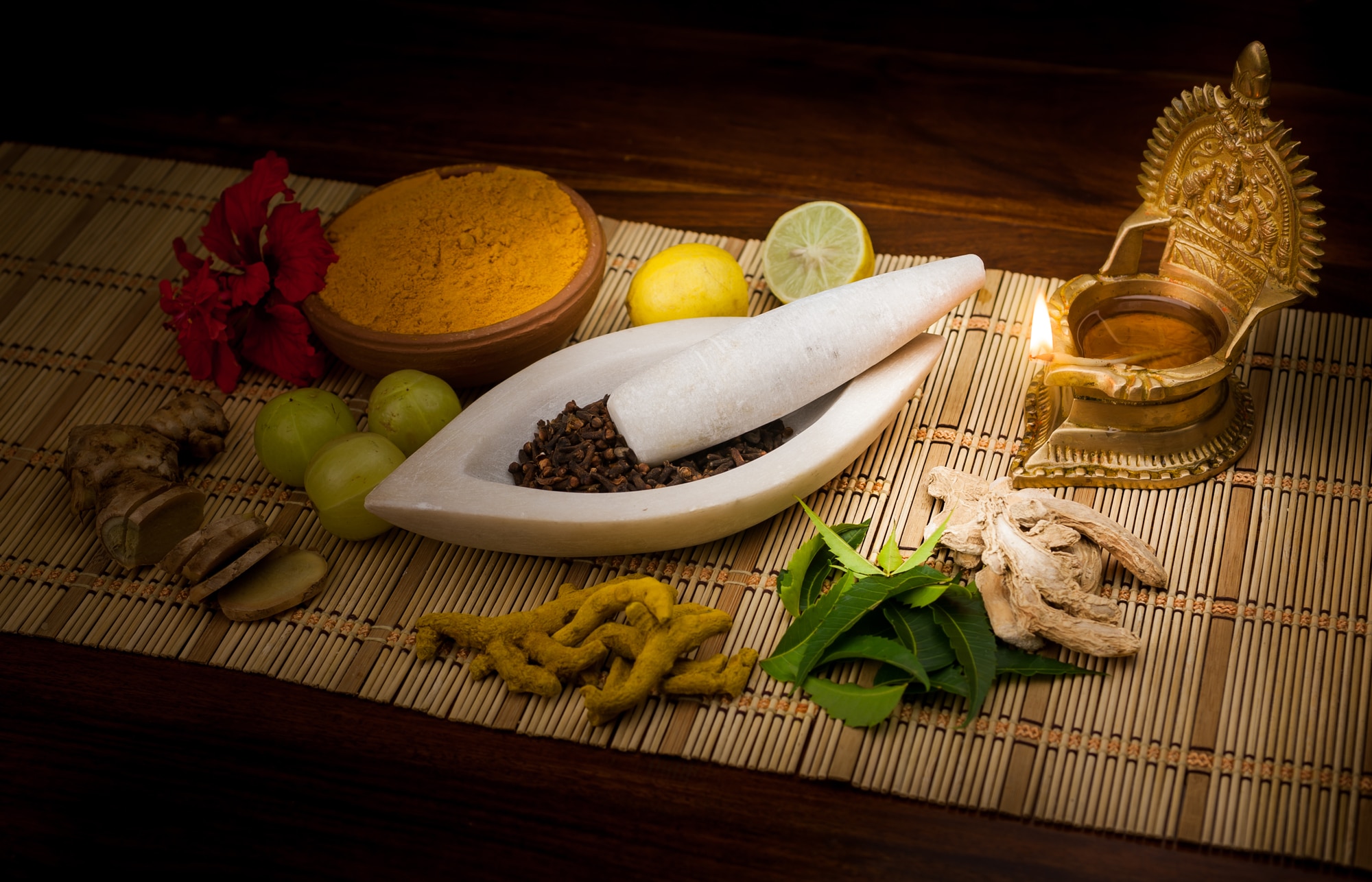Friday, June 10th was National Herb and Spice Day, a day to celebrate the diversity of flavors available to us through the powerful plant parts that have come to be known as herbs and spices. While this tradition is relatively recent in origin (first celebrated in 1999), the wonder of herbs and spices have been recognized throughout history, and not just for their culinary contributions. Former Holy Roman Emperor Charlemagne (742-814 AD) had 74 different herbs growing in his garden and was quoted as saying:
“Herbs are the friends of physicians and the praise of cooks”
In Europe, by the middle ages, herbs and spices were commonly used in both cooking and medicine. As far back as around 2700 BC in Ancient China, however, a historical work known as The Classic Herbal mentioned more than a hundred medicinal plants, including cinnamon. It has been said that advisors to the royal court in China during the 3rd century BC carried cloves in their mouth so their breath was fresh when they addressed the emperors. In the 5th Century AD, according to Chinese records, ginger was carried on long sea journeys to prevent scurvy, as well as to delight the taste buds.
Any student or practitioner of Chinese Medicine knows that Chinese food therapy (which includes many applications of medicinal herbs) was well documented in The Yellow Emperor’s Classic dating back to the Han Dynasty (206BC-220AD).
So, if your medicine cabinet is looking a little bare, spice it up! If you’ve got some of these common seasonings in your kitchen, you’ve actually got a pretty well-stocked medicine cabinet!
Cinnamon: One of the most ancient spices still in use, the bark (Rou Gui) of the Cassia tree benefits circulation, and warms the body to expel cold and alleviate pain. Cinnamon is known to help support the body’s yang energy to stop diarrhea and even help with wound healing.
Ginger: Probably the most common seasoning in Chinese cooking, this root is used both fresh and dried. You may have the dried version in your cabinet as a powder. Dried ginger (gan jiang) is warming, aids in digestion, and boosts the qi for alleviating feelings of cold and fatigue.
Turmeric: Turmeric (jiang huang) is a root from a flowering plant related to ginger. It strongly moves the blood to unblock stasis, helping to ease arthritic, menstrual, and chest pain and to support liver health.
Clove: The penetrating aroma of clove (ding xiang) comes from the flower buds of a tree and when taken internally imparts a strong warming energy that boosts yang qi in the body. They can help with hiccups, vomiting, diarrhea and abdominal pain.
Pepper: If you can’t find any of the other spices mentioned, you probably at least have this one on hand. Peppercorn (hu jiao) is the fruit of a flowering vine that warms the core of the body, descends rebellious qi and dissipates phlegm to help with abdominal pain, vomiting, congestion, and epilepsy.
Mint: While many of these spices are considered warming. Mint leaves (bo he) are actually very strong in their ability to cool the body while promoting sweat and can ease symptoms of cold and flu, help with headaches and menstrual cramps.
Garlic: In addition to scaring away vampires, this plant bulb (da suan) that is technically considered a vegetable (like an onion), is warm and dispersing. It is known for its ability to kill parasites, relieve toxicity to treat food poisoning, and can help clean the blood and reduce clotting.
Thyme: Much more than a delicious pizza topping, this herb was used by ancient Greeks and Romans as a way to stimulate courage. The Chinese use these shrub leaves (bai li xiang) to tonify qi and warm the lungs. It has been used to treat cough and shortness of breath, and to strengthen immunity and digestion.
It’s good to know you’ve got some health resources right in your own spice cabinet, but it’s even better to know you’ve also got your local acupuncturist/herbalist on hand with even more tools to support your well-being. We’re here for you and look forward to seeing you at your next appointment!


